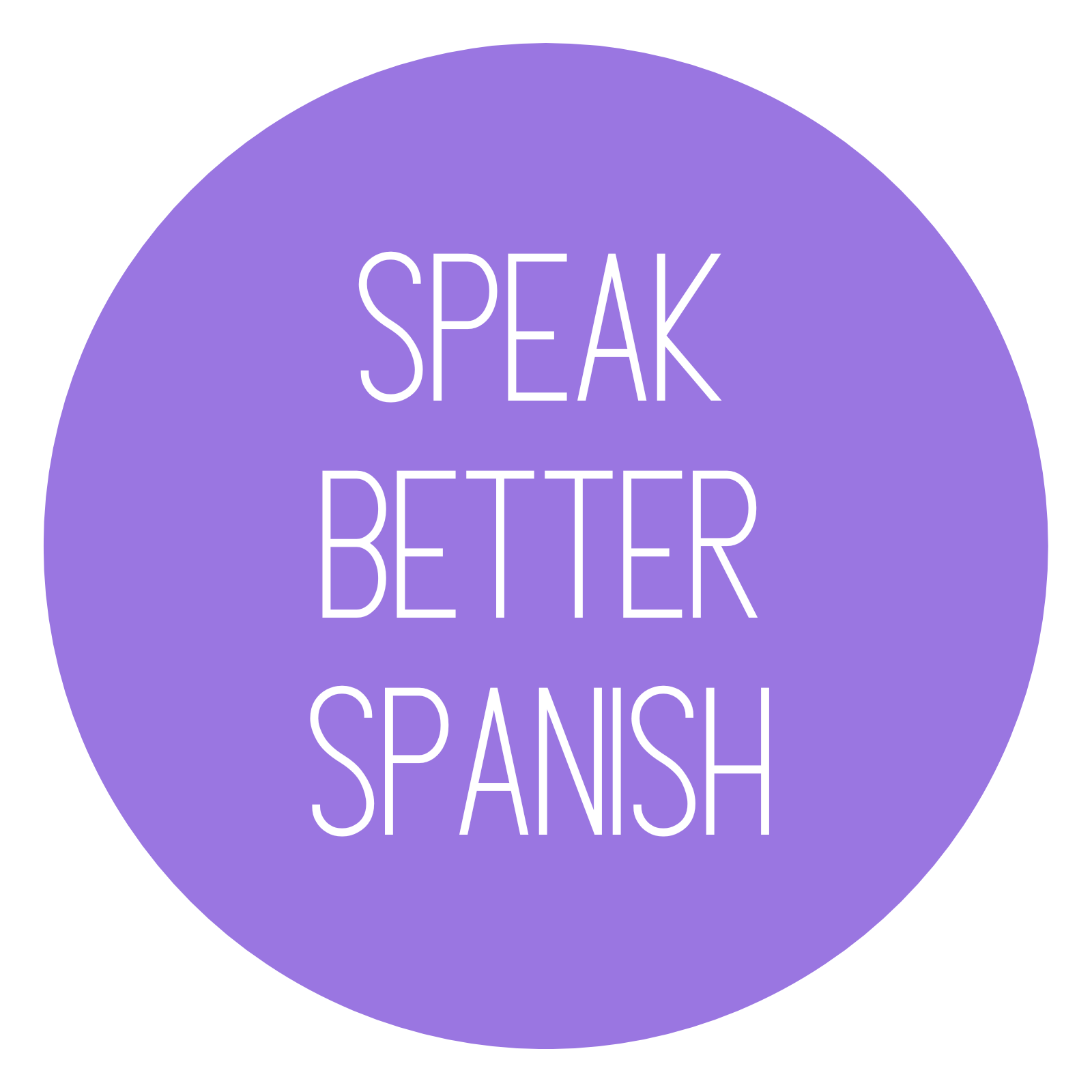Learn how to use filler words in Spanish to sound like a native speaker.
We all want to sound a bit more like a native when we speak a foreign language, be it because it gives us more confidence or because we want to immerse ourselves in the culture. That’s when you start paying attention not only to the proper grammar but also to the everyday speech and, for example, filler words (also known as pause filler, here are a few examples in English: “uh”, “um”, “like”) that native Spanish speakers use.
So which Spanish filler words should you use?
Use Spanish filler words to sound like a native speaker
If you watched movies, TV series, telenovelas in Spanish, or simply listened to Spanish Youtubers, you most likely noticed the filler words I’ll be talking about. They come naturally and they help with the flow of the conversation. For example, when you are not sure of a certain word and you need time to think, you can easily use one of the Spanish filler words. Or try your luck with one of these 15 Spanish expressions. You’ll sound like a native Spanish speaker and give yourself time to collect your thoughts.
Here are 5 Spanish filler words you can use in your daily Spanish conversations to sound like a native:
1. Osea (oh-seh-ah)
English speakers tend to use like as a filler word, while Spanish speakers go for osea. That’s their version of like. Osea is one of the most popular filler words in Spanish-speaking countries. What does it mean and when should you use it? You can choose osea when you want to say “in other words” or “that is to say.”
Tip! Don’t confuse osea with the adjective óseo (oh-seh-oh), which means “bone”, “bony” or “osseous” in Spanish. Learn more.
2. Este (eh-steh)
Well.. this is a Spanish filler word you can use instead of the English “well.” It’s the equivalent of the English “um” and it’s what I like to call the go-to-word when you’re at a loss of words or need a bit of time to think about what you’re going to say next. A lot of Spanish speakers use it in their conversations, so go ahead and use it too!
3. Pues (poo-wehss)
This one is similar to este, and it’s used when you need to stall for some time. Most native speakers use it as an alternative for “let’s see” and “so..” Pues… Pay attention to the everyday language of Spanish native speakers and you’ll hear a lot of pues.
4. Bueno (bweh-noh)
Overall, bueno means “good.” But if you use it as a filler word in your Spanish conversations, its meaning will switch to “well..”, similar to este and pues.
5. Ya (yah)
This one right here is THE filler word for Spanish speakers. Hands down one of the most popular ones out there. The meaning of ya varies greatly from context to context, so you need to pay attention to how you use it (and when.) For example, you can use ya to denote something that has already happened (Ya pasó), something that is happening now (Ya está aquí), and to express your agreement.
Benefits of speaking Spanish like a native
Learning to speak Spanish like a native will improve your communication skills and ultimately give you more confidence. Maybe you won’t be so shy and avoid making mistakes (BTW we all make mistakes!), instead you’ll blaze through and go with some Spanish filler words, such as pues or este. Your overall experience and ability to learn a new language will improve as well.
When learning a new language, a crucial part of the process is listening. You’ll train your ear to recognize accents and filler words, and learn how to pronounce something in Spanish. You won’t see a lot of filler words in written language, but you’ll hear them plenty when listening to people speaking in Spanish (be it an instructional video, online lessons, movies, and so on.) In the end, using filler words is just one part of what you can do to sound like a native; you can learn slang words, learn through mistakes, talk, talk, talk.
Want to speak better Spanish? Follow me on Facebook or Instagram where I post updates about the free classes and workshops.





0 Comments